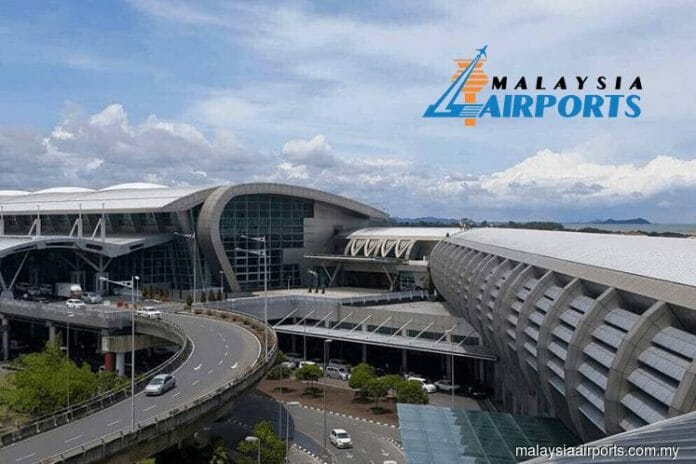Malaysia Airports Holdings (MAHB) has signed a new operating and land lease agreements with the government that extend the airport operator’s concession to manage 39 airports in the country to 11 Feb 2069.
The new terms for the operating agreements (OA) mildly lighten MAHB’s capex burden but have no material impact on its earnings.
Kenanga Investment Bank (Kenanga) maintains their forecasts with a TP of RM9.00 and MARKET PERFORM call.
The new material terms for the OA between the government and MAHB to operate, manage, maintain and develop 39 airports and Short Take Off and Landing (STOL) airports until 2069 (New OA) are as follows:
1. the government and MAHB have the flexibility to fund airport developments using either government allocations through development expenditure (DE) or MAHB through any suitable investment recovery model mechanism or any other bankable financing model agreed between both parties with the weighted average cost of capital (WACC) to be determined only at project implementation;
2. the establishment of the Airport Development Fund (ADF) to receive contributions from airport users, the public and also airlines to fund future airport capex;
3. 50% of the Passenger Service Charge (PSC) component that is considered in the calculation of the User Fee will be channelled to the ADF trust account. AIRPORT and the government will review the user fee percentage on a three-year cycle;
For illustration purposes, a RM1b airport revenue will translate to a RM24m contribution to the ADF. This is based on PSC revenue making up 40% of total airport revenue and a user fee rate of 12%. Only user fees on PSC revenue will be subject to contribution to the ADF and the proposal entails half of these to go into the fund (RM1b x 40% x 12% x 50% = RM24m); and
4. in anticipation that MAHB is expected to incur losses following the slow recovery for air travel post pandemic, the OA allows MAHB to recover its losses in RP1 via a loss capitalisation mechanism (LCM) starting from Regulatory Period 2 (RP2), the LCM will be applicable to allow MAHB and the operators to recover a proportion of regulatory losses in RP1 (Jun 2024 – 31 Dec 2026) over ten years, beginning 2027.
The loss refers to the difference between: (a) an estimate of the revenue that MAHB would require over RP1 to cover its prudent and efficient costs (the allowed revenue); and (b) the revenue that MAHB will actually earn over RP1 from the imposition of aviation service charges (the actual revenue).
For illustration purposes, assuming that over RP1, MAHB’s reveal that it incurred operating costs of RM200m and depreciation of RM500m, suppose the regulator estimates that MAHB should be allowed a return of a further RM500m (to reflect a reasonable rate of return on the unrecovered cost of invested capital).
In this case, MAHB’s allowed revenue for RP1 would be RM1.2b, which is the sum of its operating costs, depreciation, and allowed return on capital.
At the start of RP2, the regulator would compare this total allowed revenue for RP1 with AIRPORT’s actual revenue for RP1. Kenanga added.









